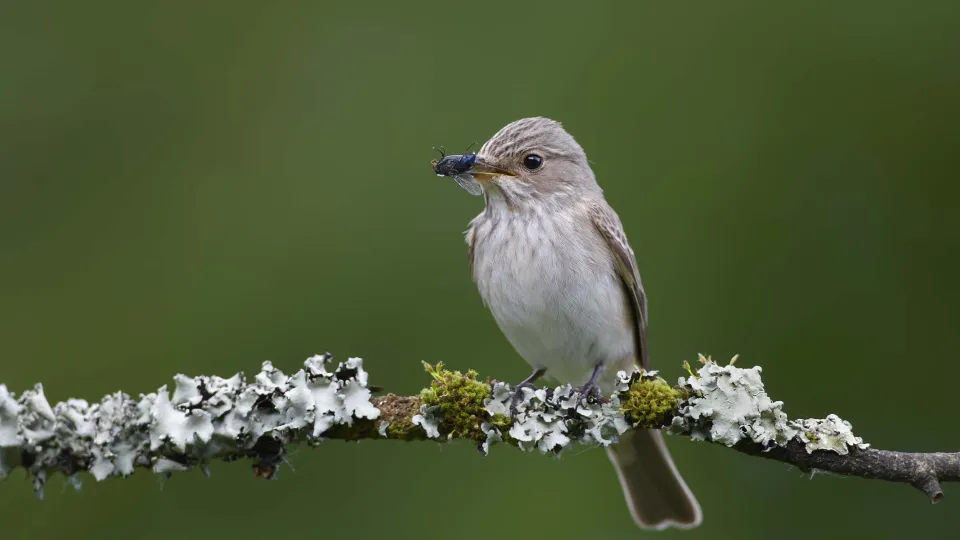
Spotted Flycatcher
Watch the deadly accurate flying of the spotted flycatcher in woodlands, gardens and parks. It sits quietly on a perch waiting for an unsuspecting insect to fly by, deftly dashing out to seize it.
Birds only: Red list species are those that are Globally Threatened according to IUCN criteria; those whose population or range has declined rapidly in recent years; and those that have declined historically and not shown a substantial recent recovery.

Watch the deadly accurate flying of the spotted flycatcher in woodlands, gardens and parks. It sits quietly on a perch waiting for an unsuspecting insect to fly by, deftly dashing out to seize it.
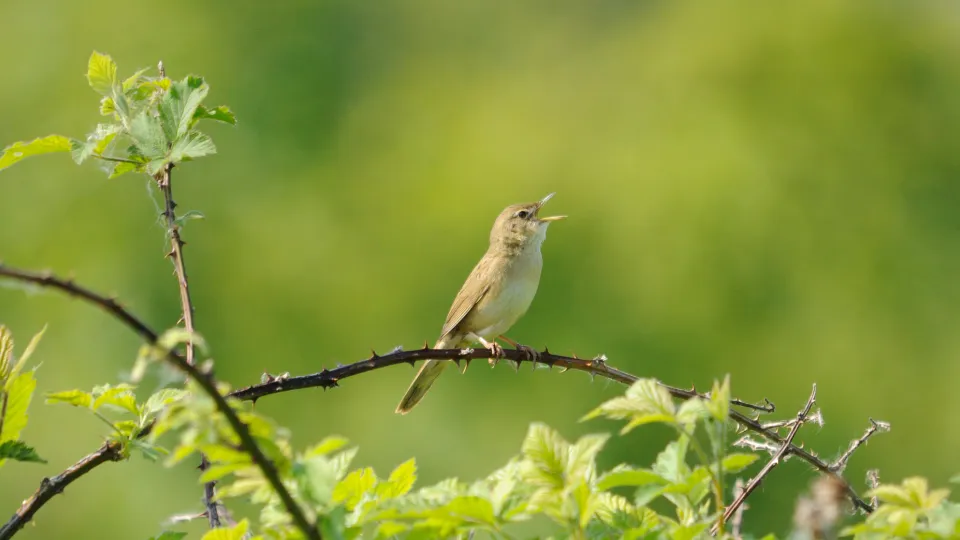
This small summer migrant travels from Africa to breed in the reedbeds of the UK. Rarely seen but given away by its insect like trilling call; the movement of the head during calling makes it tricky to pinpoint the exact location of singing perch.
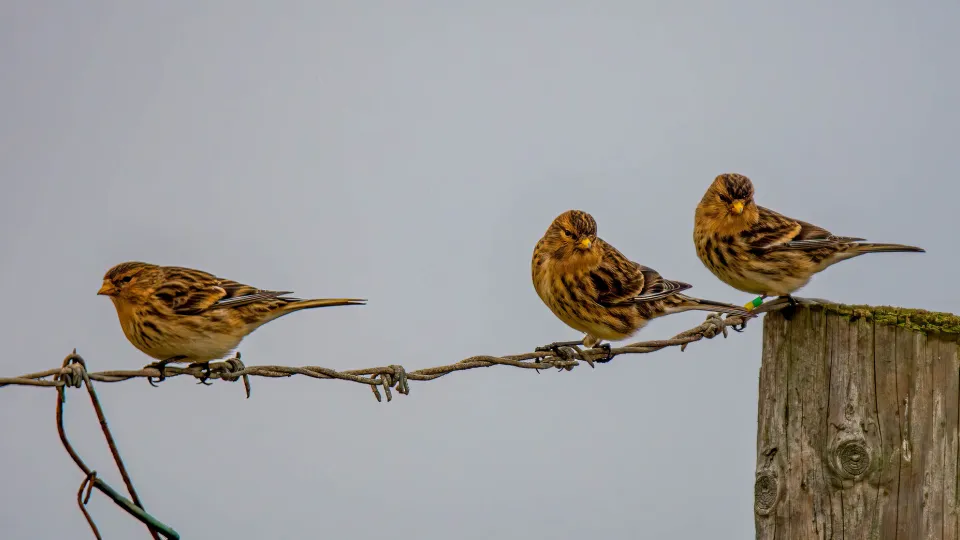
This small finch nests on moorlands and coastal crofts, spending the winter on the coast. The UK population has declined dramatically.
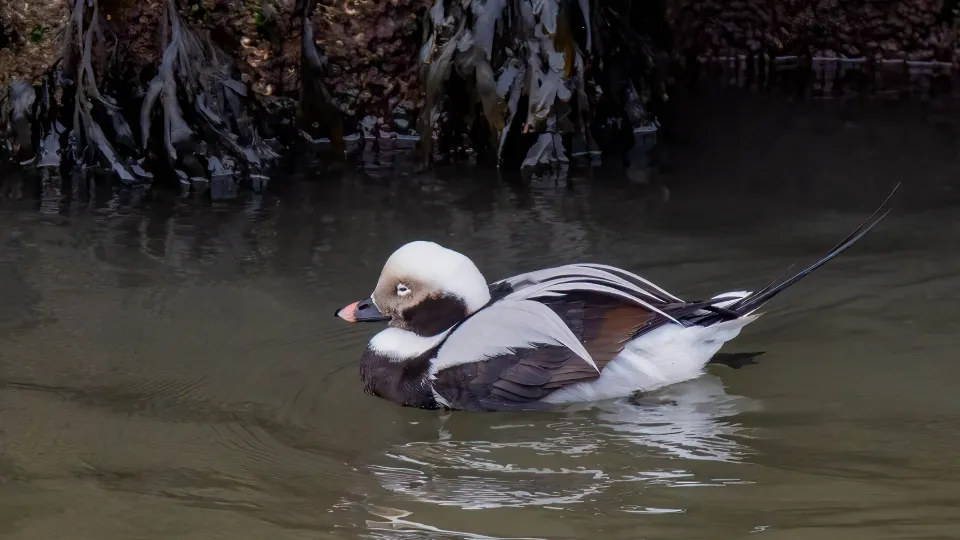
This dainty seaduck is a winter visitor to our coasts, particularly in northern and eastern Scotland.
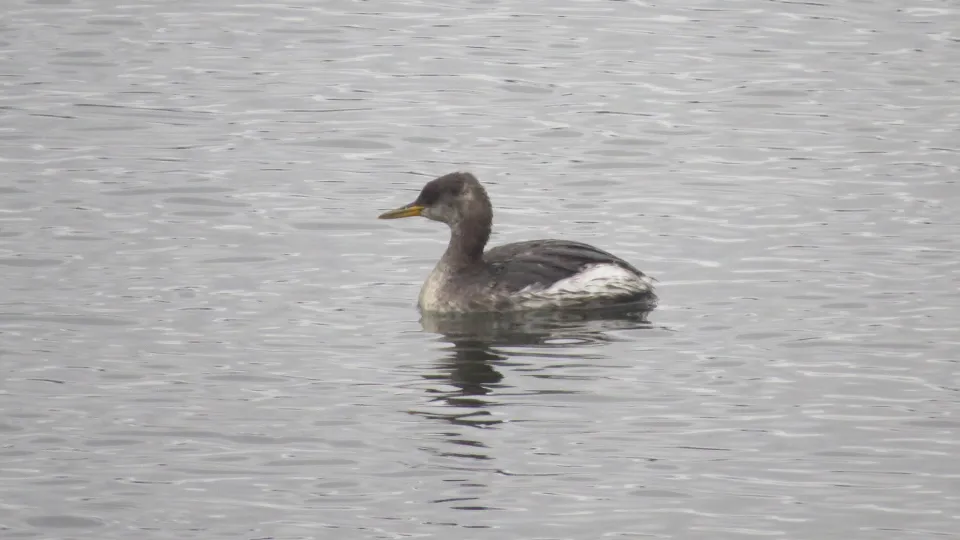
Red-necked grebes occasionally attempt to nest in the UK, but they're more often seen as winter visitors to sheltered coasts.
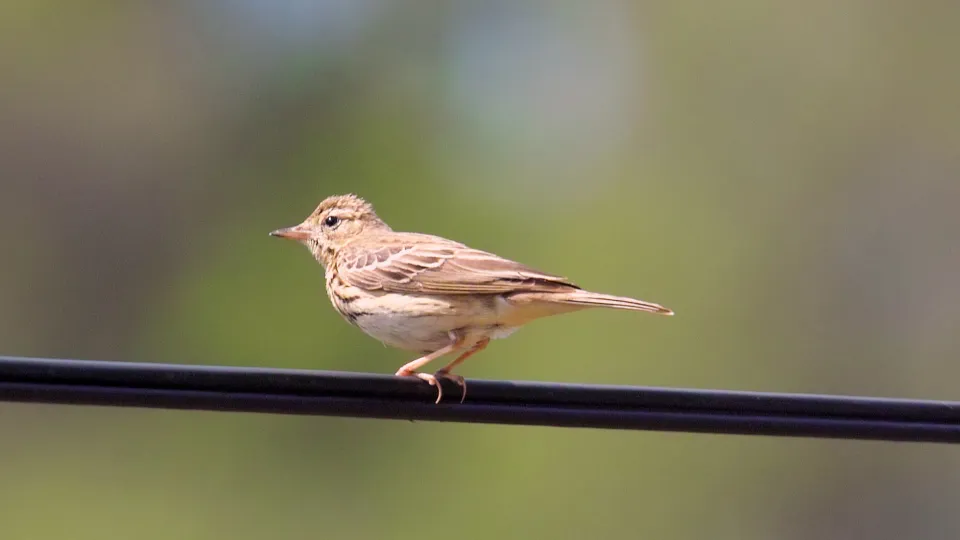
This streaky brown bird is a summer visitor to Britain, favouring open woodlands in the north and west.
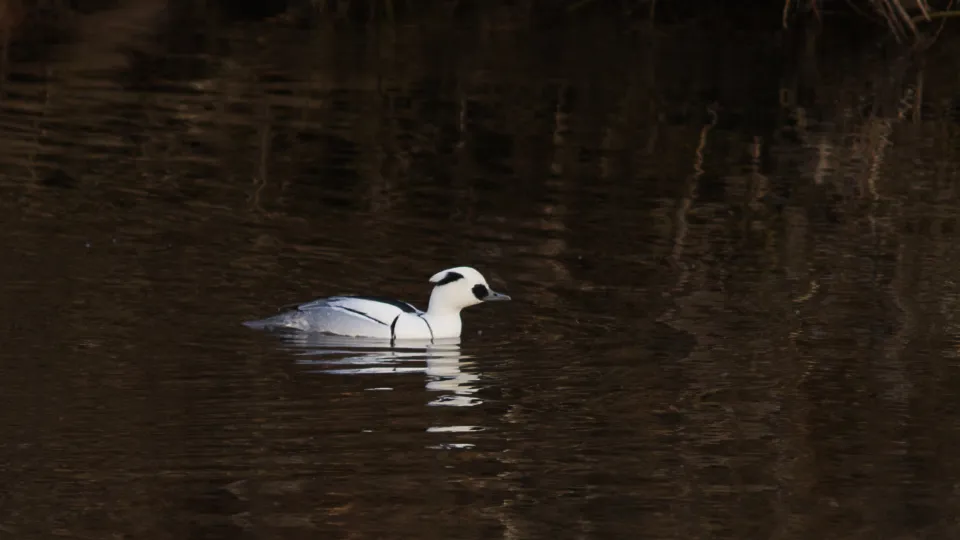
This small duck is an uncommon winter visitor to the UK, where they're usually found on lakes, reservoirs and gravel pits.

This stocky wader is mostly a winter visitor to the UK, where it can be found on rocky, seaweed-covered coasts, often with groups of turnstones.
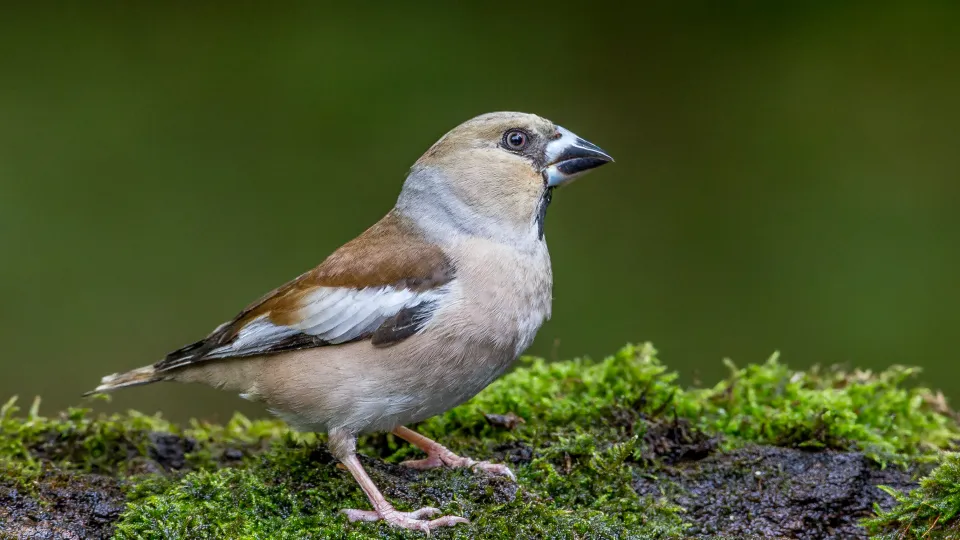
The hawfinch is the UK's largest finch, with an enormous bill powerful enough to crush a cherry stone. Despite their size, they are typically elusive, especially during the summer nesting season.
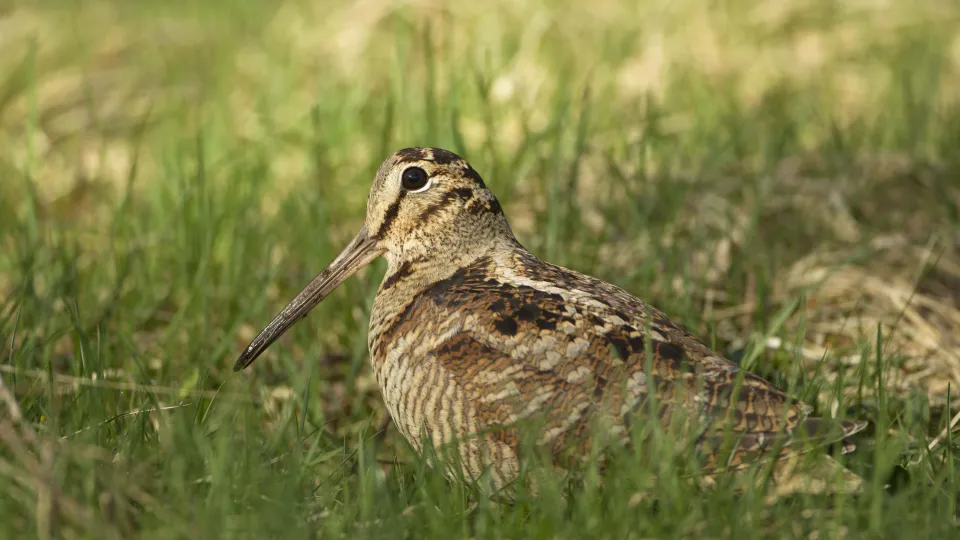
Sometimes known as the snipe of the woods, the exquisitely camouflaged woodcock is mainly nocturnal, hiding in the dense undergrowth of woodlands and heathlands during the day.